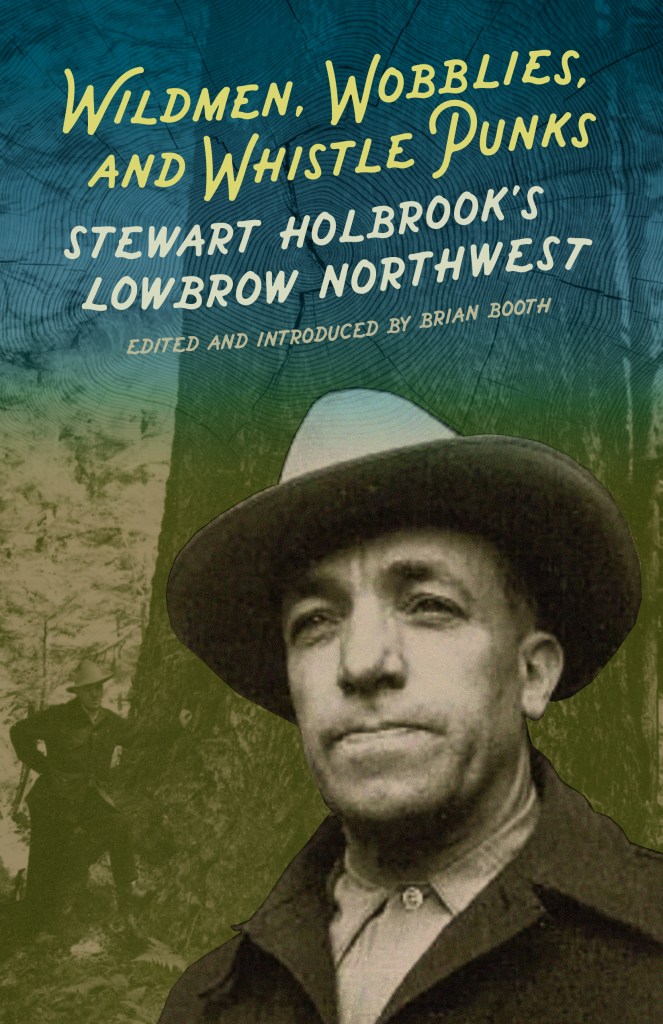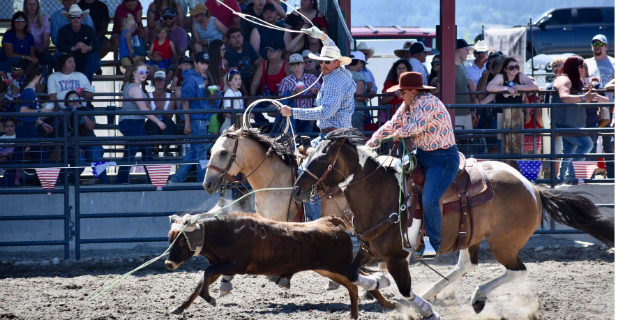Prolific author shines light on unsung heroes
Published 3:00 am Monday, February 17, 2025

- 9780870713835.jpg
Take a walk on the wild side of Northwest history with Stewart Holbrook.
The consummate storyteller celebrates the offbeat in “Wildmen, Wobblies and Whistle Punks,” a collection of 26 of Holbrook’s best stories brought together by editor Brian Booth.
Important moments grab the spotlight in these bizarre tales. Readers ride along with the two Paul Reveres of Heppner, whose heroic horseback sprint saved downstream Ione lives in the 1903 flash flood.
Readers man the front lines in 1933 in the fight to save Tillamook country from one of the biggest wildfires in American history.
Through careful research and compelling language, Holbrook takes us inside rancher Peter French’s land baron days in southeastern Oregon and into the bustling workshops of the Christian Communist colony at Aurora south of Portland.
With an eye for detail, Holbrook gives the inside scoop on many other forgotten scandals, murders and union shenanigans from the first half of the 20th century.
Radicals, dreamers and zealots populate these playful pages and spirited tales.
Holbrook gets to know bartenders, loggers, eccentrics and scoundrels; and tells stories that are compelling but often failed to make front-page news.
A native of Vermont, Holbrook was not your conventional author.
He did not go to university, receive grants or teach to keep a roof over his head.
Instead, he went to work at logging camps and learned his subject from the inside out.
When the master storyteller writes his richly evocative tales about a logging camp, you can smell the pitch and smoke and hear the axes and wailing donkey as it pulls logs to the landing in the deep, dark forests.
You get a true sense of place.
In between writing many books on such topics as industrial accidents and the steel industry, Holbrook crafted magazine articles to make a life for his family in Portland.
His stories were designed to capture the imagination of magazine readers.
In “The Gorse of Bandon,” for example, we learn how an ornamental shrub imported by Lord George Bennett, an Irish peer, thrived along the south coast but also contributed mightily to a conflagration that wiped out the resort town in 1936.
In “The Legend of Jim Hill,” another part of this oddball collection, we learn about the railroad baron who competed with rival Edward H. Harriman to lay tracks from the Columbia River to the mill town of Bend. Hill’s crew built his railroad on one side of the Deschutes River and Harriman’s crew on the other side, with explosive friction between the two camps.
In “Cargoes of Maidens,” Holbrook tells about early-day Seattle when men far outnumbered women and entrepreneurs made ambitious plans to import women of character from the East to bring civilization to the wild logging village.
In “Anarchists at Home,” Holbrook goes inside the community established on a remote stretch of Puget Sound for an experiment in communal living.
Holbrook spent his life celebrating unsung heroes of the past, the mavericks and malcontents, the religious and educational zealots.
“Wildmen” is a good way for readers to sample Holbrook’s prolific work. Once you see the Northwest through his on-the-spot observations, lively behind-the-scenes descriptions and tongue-firmly-in-cheek humor, you’ll never look at the region the same again.







